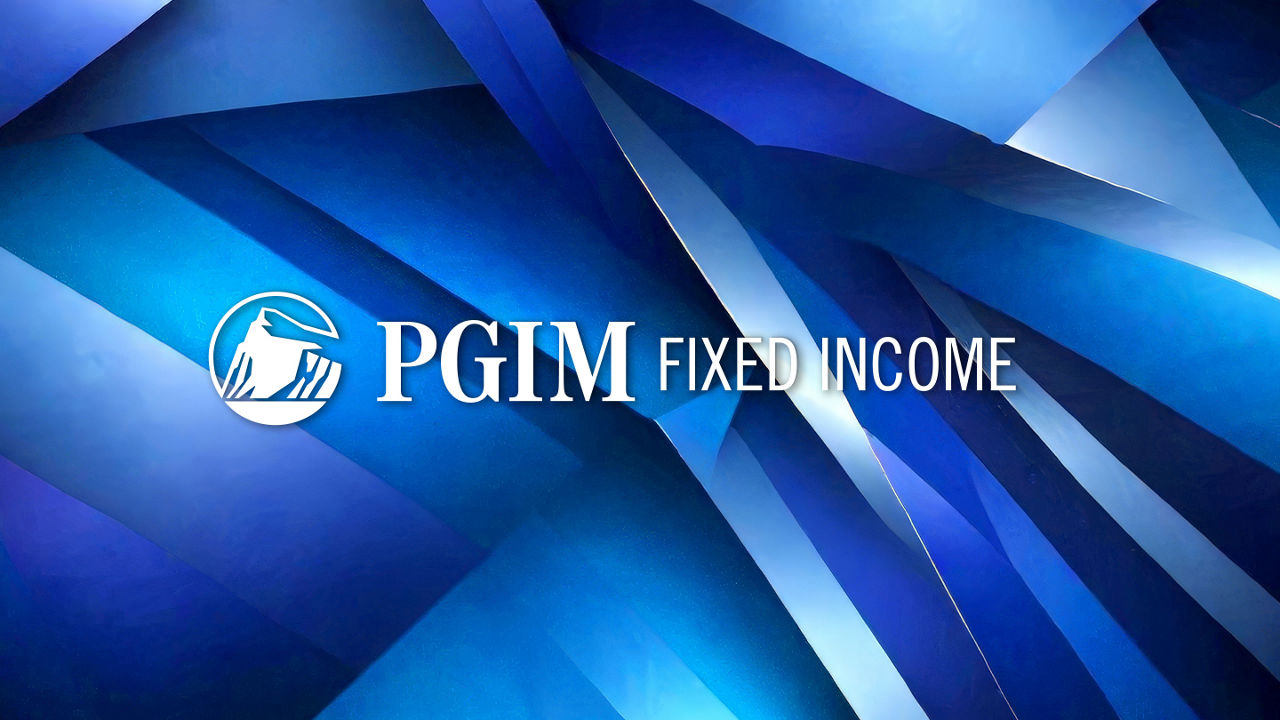The era of private equity flourishing under low interest rates, followed by a blend of optimism after the COVID-19 pandemic, has shifted. We are facing a period of prolonged economic uncertainty with differing views on the economy's future. For the last 24 months, the private equity industry has experienced this uncertainty first-hand, taking its toll on the exit environment as fund managers increased holding periods of their assets.
However, distributions to paid-in (DPI) performance of private equity buyout funds with vintages from 2003 - 2021 across lower mid-market, mid-market, and large cap funds,1 demonstrates a divergent trend. Specifically, lower mid-market funds outperform their larger peers in both the first and second quartile. Over the past 24 months, this trend has persisted, with both lower mid-market and mid-market funds generating more liquidity than larger funds.
According to Pitchbook, there are currently 28,000+ portfolio companies backed by buyout funds, of which 46% have been held for 4+ years, comprising a total of $3.2tn+ in unrealized value - a historical record. The drivers of record-level inventories can be largely attributed to fundamental macroeconomic changes. First, interest rates have increased to levels we have last seen when the global financial crisis unfolded more than 15 years ago. Second, inflation has risen, which has last topped today's levels in the 1980s. Third, and potentially most importantly, views diverge in the industry towards what the future will bring. Consequentially, investors have become desperate for liquidity, seeking lifeboats in a market that recently provided one of the longest upcycles of the past century.
We believe the reasons for the liquidity advantage of the (lower) mid-market over the large end of the market are two-fold: Large transactions tend to rely on IPOs as a preferred exit channel to create liquidity - an exit route that has been virtually shut down in the last two years - and are limited in terms of potential strategic buyer audience due to their sheer size. Smaller transactions, on the flipside, typically benefit from a broader range of exit options, stemming from the imposed interest of a larger audience of financial buyers, specialized and traditional private equity funds, which have record-level dry powder to deploy, and strategic buyers that acquire companies to expand their market position, while the IPO markets tend to not be the preferred route of exits.
Some fund managers, including secondary managers, aggressively pursued leveraged transactions during the low-interest environment, and are now facing crushing debt servicing costs just as demand continues to plateau. Mid-market strategies, especially at the lower end, usually limit the use of leverage for value creation, leading to lower leverage multiples.2 The outperformance of smaller over larger funds might further expand into 2025 and beyond as central banks cut interest rates, which might disproportionately benefit smaller companies.
The observation towards higher distribution activity not only holds true in the current cycle but has been consistent over time when comparing 2003 - 2008, 2009 - 2017, and 2018 - 2021 vintage funds, all of which are signs that the lower mid-market tends to generate higher DPI in times of market uncertainty and stability alike.
1. We define the size segments based on underlying fund sizes, with lower mid-market (LMM) including funds of $100m - $1.5bn, the mid-market (MM) including funds of $1.5bn - $5bn, and large cap (LC) funds of > $5bn.
2. Data from Cambridge Associates LLC supports this notion, with average leverage multiples of acquisitions between 2000 - 2020 of 3.2x for companies with enterprise value below $250m, 4.6x for companies with enterprise value between $250m and $1bn, and 5.9x for companies with enterprise value above $1bn.
-
Not All AAA CLO ETFs Are Created EqualNot all AAA CLO ETFs are created equally, potentially leading to a wide dispersion in performance-especially during a down-market cycle.
Read More
-
Artificial Intelligence: An Accelerating RevolutionToday, the revolutionary impact of AI-driven change is becoming evident in most industries and is accelerating.
Read More
-
Navigating the Nexus: The Intersection of Insurance and Private MarketsThe maturation of private markets has led to profound change across the global investment landscape.
Read More
-
Compelling Opportunities in Industrial Markets on the U.S./Mexico BorderThe growth in border industrial demand is occurring alongside heightened uncertainty about U.S. trade policy that is unlikely to fade soon.
Read More
-
Enhancing Diversification Through Non-Sponsored Direct LendingA diversified portfolio of sponsored and non-sponsored loans can provide investors with a broader range of deals and potentially better performance over time.
Read More
-
Uncovering Opportunities Across Emerging MarketsInvestors have historically favored emerging markets for their high growth potential, relative inefficiency and diversification benefits.
Read More
-
Rethinking 'Safe' Withdrawal RatesPerspectives on portfolio withdrawal rates by integrating spending flexibility and an outcomes metric that better captures the anticipated retiree sentiment.
Read More
For Professional Investors Only. Past performance and forecasts are no guarantees or reliable indicators of future results. All investments involve risk, including the possible loss of capital. Diversification does not assure a profit or protect against loss in declining markets. No investment strategy or risk management technique can guarantee returns or eliminate risk in any market environment.
These materials are for informational or educational purposes only. This information is not intended as investment advice and is not a recommendation about managing or investing assets or an offer or solicitation in respect of any products or services to any persons prohibited from receiving such information under the laws applicable to their place of citizenship, domicile or residence. In providing these materials, PGIM is not acting as your fiduciary. These materials represent the views, opinions and recommendations of the author(s) regarding the economic conditions, asset classes, securities, issuers or financial instruments referenced herein. Certain information has been obtained from sources that PGIM believes to be reliable as of the date presented; however, PGIM cannot guarantee the accuracy of such information, assure its completeness, or warrant that it will not change. This information, including projections and forecasts, is current as of the date of issuance (or an earlier referenced date) and is subject to change without notice. PGIM has no obligation to update such information; nor do we make any express or implied warranties or representations as to the completeness or accuracy or accept responsibility for errors. PGIM and its affiliates may develop and publish research that is independent of, and different than, the recommendations contained herein.
The investments and returns discussed herein do not represent any PGIM product. This material is not intended to be used as a general guide to investing or as a source of any specific investment recommendations. Distribution of this information to any person other than the person to whom it was originally delivered is unauthorized, and any reproduction of these materials, in whole or in part, or the divulgence of any of the contents hereof, without prior consent of PGIM is prohibited.
Collapse Section







)



